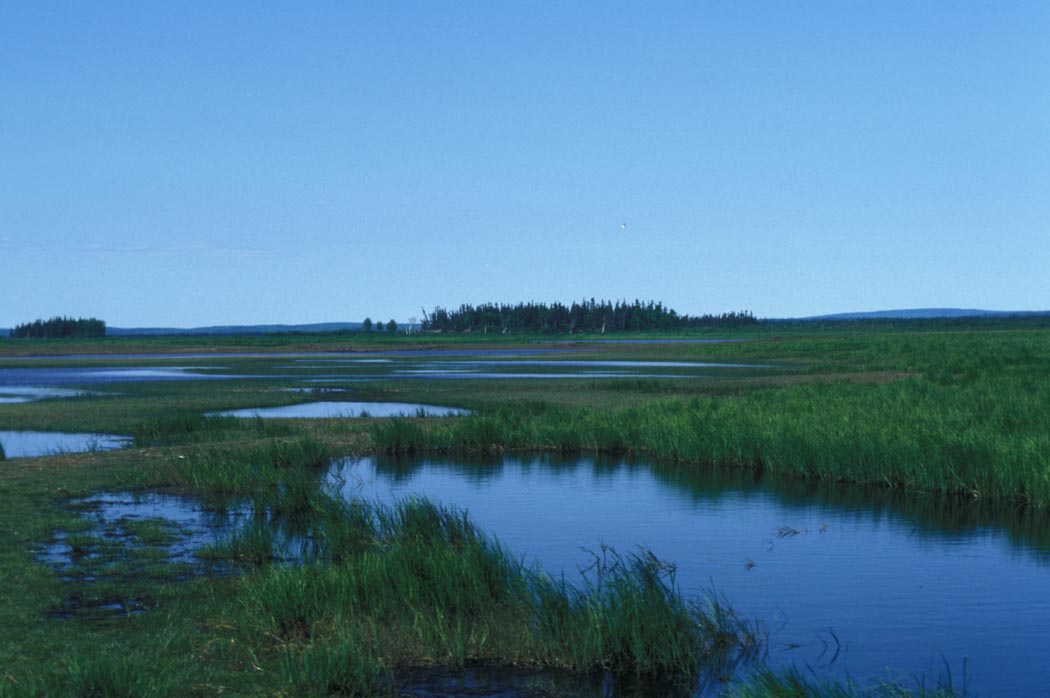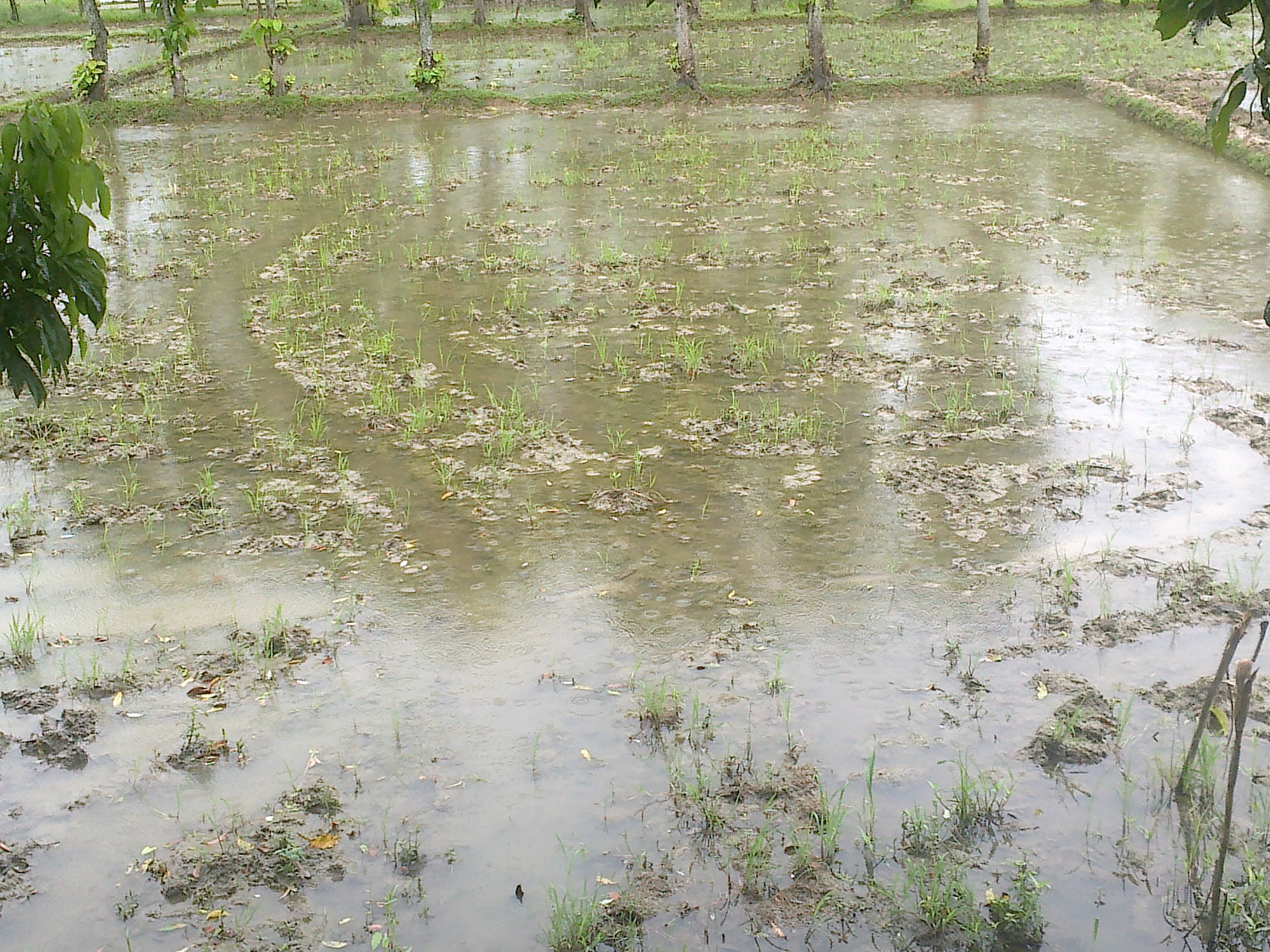|
Artificialization
The artificialization of soil, an environment, or Biotope, natural or semi-natural habitat is the loss of its qualities: its Wilderness, naturalness, a quality that includes a self-sustaining capacity to harbor certain biodiversity, natural cycles (carbon, nitrogen, water, oxygen cycles, etc.), and Biogeochemical cycle, biogeochemical qualities (carbon sink, for example). It is generally accompanied by a loss of self-healing capacity on the part of the environment (reduced ecological resilience). Artificialization is often summed up as the disappearance of natural spaces under concrete or bitumen, during the construction of buildings (apartment blocks, hotels, houses, shops, industries, parking lots) or Transport, transport networks. While Impervious surface, soil sealing is a huge part of land artificialisation, more generally, it takes place when natural environments are heavily transformed by man. For example, leisure and Sport, sports facilities (Urban green space, green spaces ... [...More Info...] [...Related Items...] OR: [Wikipedia] [Google] [Baidu] |
Wilderness
Wilderness or wildlands (usually in the plurale tantum, plural) are Earth, Earth's natural environments that have not been significantly modified by human impact on the environment, human activity, or any urbanization, nonurbanized land not under extensive agriculture, agricultural cultivation. The term has traditionally referred to terrestrial environments, though human impact on marine life, growing attention is being placed on marine ecosystem, marine wilderness. Recent maps of wilderness suggest it covers roughly one-quarter of Earth's terrestrial surface, but is being rapidly degraded by human activity. Even less wilderness remains in the ocean, with only 13.2% free from intense human activity. Some governments establish protection for wilderness areas by law to not only protected area, preserve what already exists, but also to promote and advance a natural expression and development. These can be set up in preserves, conservation preserves, national forests, national par ... [...More Info...] [...Related Items...] OR: [Wikipedia] [Google] [Baidu] |
Biodiversity
Biodiversity is the variability of life, life on Earth. It can be measured on various levels. There is for example genetic variability, species diversity, ecosystem diversity and Phylogenetics, phylogenetic diversity. Diversity is not distributed evenly on Earth. It is greater in the tropics as a result of the warm climate and high primary productivity in the region near the equator. Tropical forest ecosystems cover less than one-fifth of Earth's terrestrial area and contain about 50% of the world's species. There are latitudinal gradients in species diversity for both marine and terrestrial taxa. Since Abiogenesis, life began on Earth, six major mass extinctions and several minor events have led to large and sudden drops in biodiversity. The Phanerozoic aeon (the last 540 million years) marked a rapid growth in biodiversity via the Cambrian explosion. In this period, the majority of Multicellular organism, multicellular Phylum, phyla first appeared. The next 400 mil ... [...More Info...] [...Related Items...] OR: [Wikipedia] [Google] [Baidu] |
Ecological Trap
Ecological traps are scenarios in which rapid environmental change leads organisms to prefer to settle in poor-quality habitats. The concept stems from the idea that organisms that are actively selecting habitat must rely on environmental cues to help them identify high-quality habitat. If either the habitat quality or the cue changes so that one does not reliably indicate the other, organisms may be lured into poor-quality habitat. Overview Ecological traps are thought to occur when the attractiveness of a habitat increases disproportionately in relation to its value for survival and reproduction. The result is preference of falsely attractive habitat and a general avoidance of high-quality but less-attractive habitats. For example, indigo buntings typically nest in shrubby habitat or broken forest transitions between closed canopy forest and open field. Human activity can create 'sharper', more abrupt forest edges and buntings prefer to nest along these edges. However, these ar ... [...More Info...] [...Related Items...] OR: [Wikipedia] [Google] [Baidu] |
Canal
Canals or artificial waterways are waterways or engineered channels built for drainage management (e.g. flood control and irrigation) or for conveyancing water transport vehicles (e.g. water taxi). They carry free, calm surface flow under atmospheric pressure, and can be thought of as artificial rivers. In most cases, a canal has a series of dams and locks that create reservoirs of low speed current flow. These reservoirs are referred to as ''slack water levels'', often just called ''levels''. A canal can be called a navigation canal when it parallels a natural river and shares part of the latter's discharges and drainage basin, and leverages its resources by building dams and locks to increase and lengthen its stretches of slack water levels while staying in its valley. A canal can cut across a drainage divide atop a ridge, generally requiring an external water source above the highest elevation. The best-known example of such a canal is the Panama Can ... [...More Info...] [...Related Items...] OR: [Wikipedia] [Google] [Baidu] |
Urban Sprawl
Urban sprawl (also known as suburban sprawl or urban encroachment) is defined as "the spreading of urban developments (such as houses and shopping centers) on undeveloped land near a city". Urban sprawl has been described as the unrestricted growth in many urban areas of housing, commercial development, and roads over large expanses of land, with little concern for very dense urban planning. Sometimes the urban areas described as the most "sprawling" are the most densely populated. In addition to describing a special form of urbanization, the term also relates to the social and environmental consequences associated with this development. In modern times some suburban areas described as "sprawl" have less detached housing and higher density than the nearby core city. Medieval suburbs suffered from the loss of protection of city walls, before the advent of industrial warfare. Modern disadvantages and costs include increased travel time, transport costs, pollution, and dest ... [...More Info...] [...Related Items...] OR: [Wikipedia] [Google] [Baidu] |
Agricultural Land
Agricultural land is typically land ''devoted to'' agriculture, the systematic and controlled use of other organism, forms of lifeparticularly the rearing of livestock and production of cropsto produce food for humans. It is generally synonymous with both farmland or cropland, as well as pasture or rangeland. The United Nations Food and Agriculture Organization (FAO) and others following its definitions, however, also use ''agricultural land'' or as a term of art, where it means the collection of: * ''arable land'' (also known as ''cropland''): here redefined to refer to land producing crops requiring annual replanting or fallowland or pasture used for such crops within any five-year period * ''permanent cropland'': land producing crops which do not require annual replanting * ''permanent pastures'': natural or artificial grasslands and shrublands able to be used for grazing livestock This sense of "agricultural land" thus includes a great deal of land not devoted to agricultura ... [...More Info...] [...Related Items...] OR: [Wikipedia] [Google] [Baidu] |
Glacis
A glacis (, ) in military engineering is an artificial slope as part of a medieval castle or in early modern fortresses. They may be constructed of earth as a temporary structure or of stone in more permanent structure. More generally, a glacis is any slope, natural or artificial, which fulfils the above requirements. The etymology of this French word suggests a slope made dangerous with ice, hence the relationship with ''glacier''. A ''glacis plate'' is the sloped front-most section of the hull of a tank or other armoured fighting vehicle. Ancient fortifications A glacis could also appear in ancient fortresses, such as the one the ancient Egyptians built at Semna in Nubia. Here it was used by them to prevent enemy siege engines from weakening defensive walls. Hillforts in Britain started to incorporate glacis around 350 BC. Those at Maiden Castle, Dorset were high. Medieval fortifications Glacises, also called taluses, were incorporated into medieval fortifications ... [...More Info...] [...Related Items...] OR: [Wikipedia] [Google] [Baidu] |





